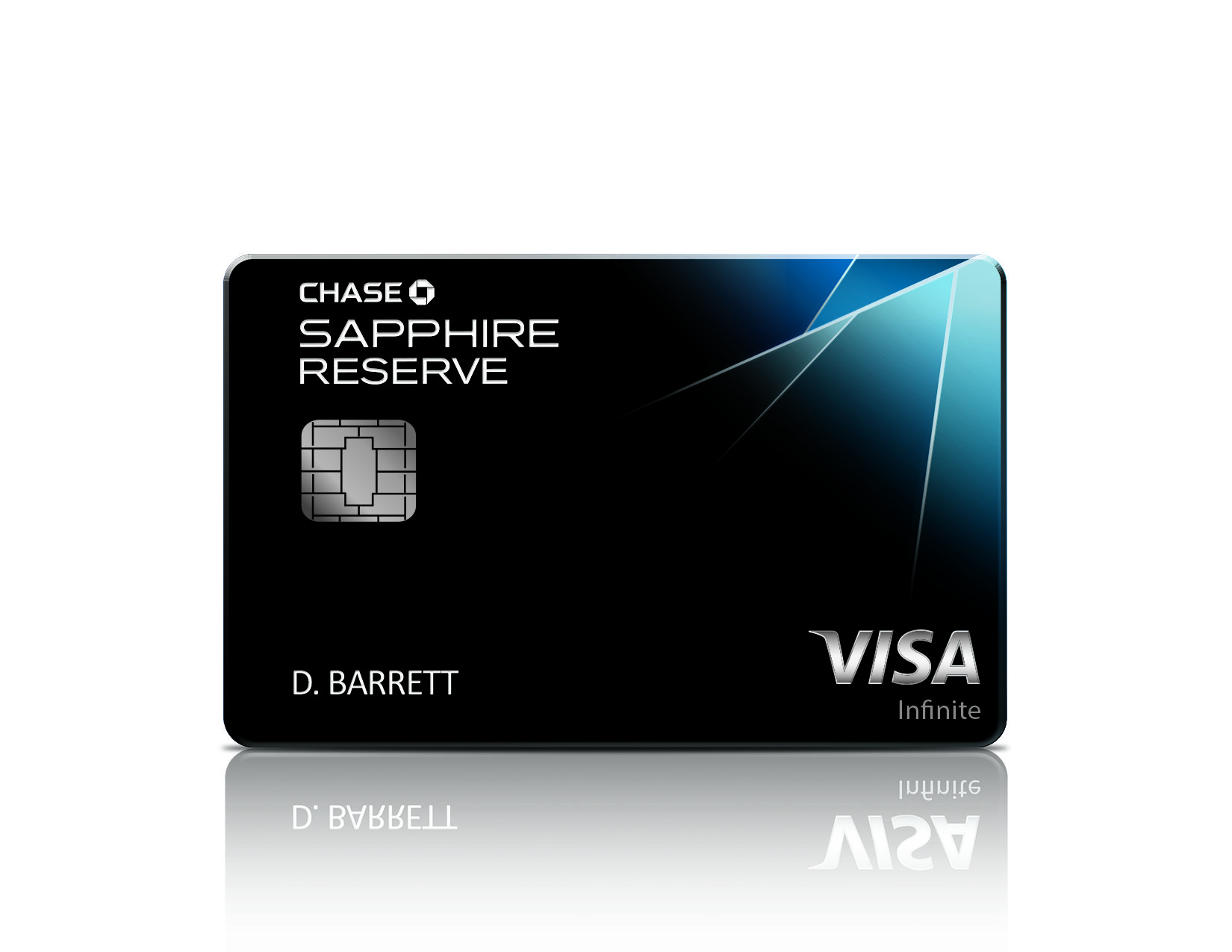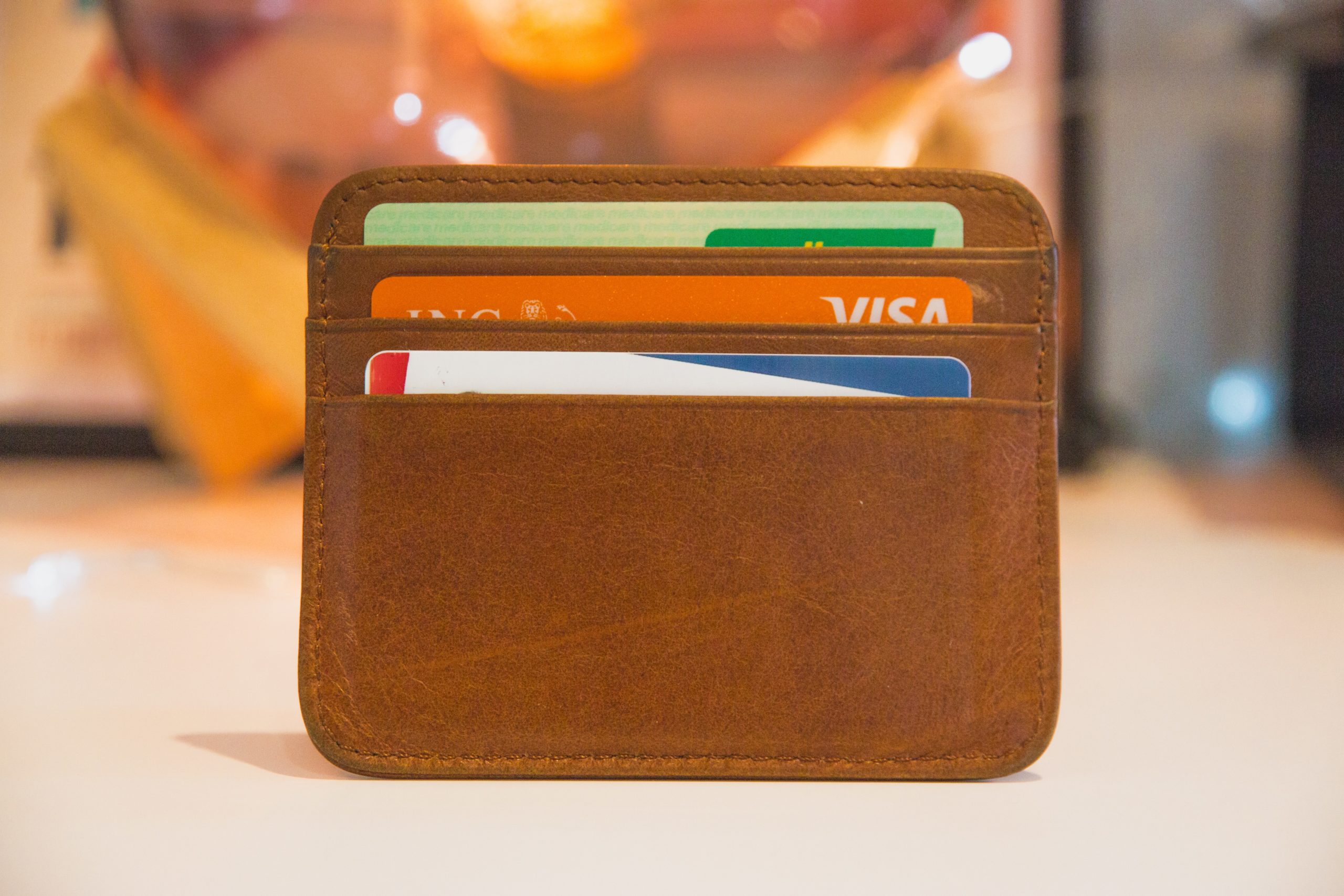The Chase Freedom Student card serves as Chase’s foray into the growing student card market. Launched in June 2019, it’s also a nice alternative for those who are starting out and building their credit.
One purpose of the Chase Freedom Student card is to give students and young adults a chance to get into the Chase “ecosystem”. This can be huge for students and young adults who build their credit wisely and responsibly. It is also huge for Chase as they build relationships with Generation Z. Furthermore, the Freedom Student card is a way for students and young adults to be mentored about personal finance and credit cards by a Chase banker.
Earning
The Chase Freedom Student card has a simple earning structure. But simple is not always good. It earns only one Ultimate Rewards (UR) point (or 1% cash back) per dollar on all purchases. Almost every other UR-earning Chase card also earns one point per dollar on all purchases. The two exceptions are the Freedom Unlimited and the Ink Business Unlimited.
Fortunately, UR points can be worth more than 1 cent per point (CPP). Maximizing points will come upon acquiring more Chase cards. This is because you can transfer the points from your Freedom Student account to either a Chase Sapphire or Ink Business Preferred account. The ability to transfer points is the most powerful feature Chase has to offer, especially if you want to travel in the future.
The Freedom Student card has a sign-up bonus worth 5,000 UR points (or $50 cash back). You can earn the points after making one purchase in the first 3 months. This is the easiest Chase sign-up bonus to earn, but its also the least valuable.
Furthermore, the Freedom Student card has a built-in incentive to build your credit responsibly. Chase will reward you with 2,000 UR points (or $20) each year you keep your account in good standing. This is like the 3.0 GPA bonus from the Discover It for Students. But Chase is rewarding you for good credit, not good grades.
Burning
Earning points is fantastic, but points earned are useless if you cannot redeem them for anything of value. Chase has multiple options for points redemption:
Cash Back & Gift Cards
Cash back is one of just two redemption options if you have the Freedom Student by itself. Points are worth 1 CPP when redeemed for cash back.
The other option is to redeem for gift cards at 1 CPP. Sometimes, Chase discounts some of their gift card options, enabling cardholders to redeem for more than 1 CPP. This is the best-case scenario if you have the card by itself.
The Chase Freedom Student is not for you if either of these options is better than points.
Transfer Partners
Transfer partners are by far Chase’s most valuable redemption option. But they are only available if you also have either Sapphire card or the Chase Ink Business Preferred. Chase has the following transfer partners:
Hotels
- IHG
- Marriott / Ritz-Carlton
- World of Hyatt
Airlines
- Aer Lingus
- Air Canada
- Air France / KLM Flying Blue
- British Airways
- Emirates
- Iberia
- JetBlue
- Singapore Airlines
- Southwest Airlines
- United Airlines
- Virgin Atlantic
Benefits
This card does not have any traditional credit card perks. However, Chase got creative and added some perks that reflects their target market well.
Automatic Credit Limit Increase
Cardholders will receive a credit limit increase automatically after making five on-time payments within the first 10 billing cycles. This is nice because Chase is normally very picky with giving out credit limit increases.
However, the automatic credit limit increase implies that cardholders will receive a low starting limit straight away. But they will have 10 months to prove themselves to Chase before being rewarded.
Mentoring & Personal Finance Education
One of the purposes of the Freedom Student Card is to instill positive financial habits into young adults. Learning about personal finance and having a mentor is huge for students and young adults. This is especially true because many young adults do not learn about personal finance while in school.
Such knowledge is instrumental for setting them up for the rest of their lives. Young adults and students with good habits will be more likely to make educated decisions in the future after being mentored early in life.
Rules & Regulations
The Chase Freedom Student is subject to the 5/24 Rule. The 5/24 rule states that you will not be approved for any UR-earning card if you were approved for five or more new accounts in the last 24-months.
This card is intended to be a first card for students and those who want to rebuild their credit. Therefore, 5/24 should not be of concern for these groups.
Similar Cards
Try one these alternatives if the Chase Freedom Student Card is not for you:
Chase Freedom Unlimited
The Chase Freedom Unlimited is a much better earner and everyday card than its student counterpart. The Freedom Unlimited earns 1.5x UR points (or 1.5% cash back) for every dollar spent with no limits. That’s 50% more points per dollar than the student card. It also earns 5x UR points (or 5% cash back) on Travel booked through the Chase Travel Portal. And it earns 3x UR points (or 3% cash back) on Dining and Pharmacy purchases.
I highly recommend this card over the student card for those with more established credit. Once you have built enough credit, I would apply for this card directly. The reason is the sign-up bonus and the higher earning potential.
This card has a sign-up bonus worth 20,000 UR points, which is four times that of the student card. However, you must spend $500 within the first three months to earn the points. Like the Freedom Student card, the Chase Freedom Unlimited has no annual fee.
Discover It for Students
The Discover It for Students earns 5% cash back on rotating categories and 1% cash back on non-bonus spend. The Discover card wins for spend within its bonus categories. But the winner for non-bonus spend depends on how you want to redeem UR points. The Chase Freedom Student wins if you want to save your points for travel in the future. Otherwise, the Discover card wins if you want to redeem for cash back or gift cards.
The Discover It for students has a unique sign-up bonus as well. Discover will double all the cash back earned during your first year holding the card. Your bonus will vary depending on how much you use your card.
You will also receive a $20 bonus for every semester you maintain a 3.0 GPA. This could be a maximum of $60 per school year if you include a summer semester. That can be a nice incentive to do well in school, especially if you get the card early in your college career. The Freedom Student has a similar bonus. But Chase rewards you for good credit instead of good grades.
Final Draw
The Chase Freedom Student Card has the potential to be a nice card for students and re-builders alike. It serves as Chase’s foray into the growing student card market as the bank is trying to build relationships with Generation Z. However, its hampered by a weak earning structure, a low sign-up bonus, and a lack of traditional perks.
Students would be better off getting the Discover It Card because of its better earning structure and sign-up bonus. Thereafter, students can get the Chase Freedom Flex or Chase Freedom Unlimited. They will have relationships with both banks and better credit from having multiple credit cards.
The idea of a Chase student card is noble. But I don’t see it competing very well in its current incarnation.
PYCR Credit Card Rating
PYCR Credit Card Rating-
Sign-Up Bonus72/100
-
Earning20/100
-
Burning100/100
-
Perks40/100













how old do you need to be to apply? I know Chase is usually 18 years old.
Hi Mike,
Thanks for reading. You have to 18 and have proof of income to get any credit card, including any student credit card. Otherwise, you have to be 21 if you do not have proof of income. The minimum income requirements for student credit cards is usually much lower than those for regular credit cards. For example, the minimum amount for Discover’s student card is $2,500 per year. I’m not sure what that number is for this card.
Best regards and stay safe,
Anthony